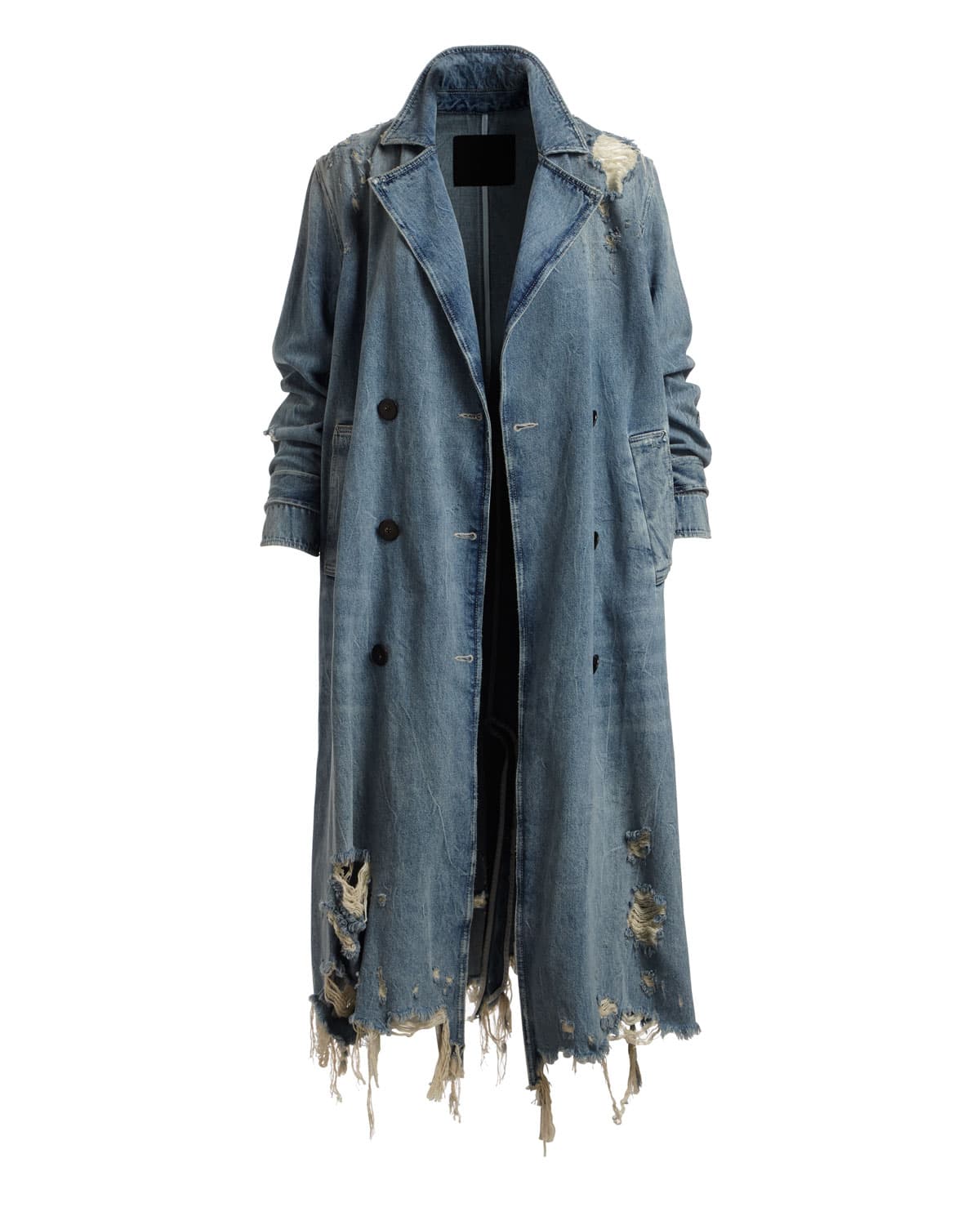
“Big stress or little stress—your body reacts the same way. The human body doesn’t differentiate between major or minor stress. Regardless of the catalyst, a typical stress reaction floods the body with a wave of 1,400 biochemical events. If this happens too frequently, we age prematurely, our cognitive function is affected, and we are drained of energy and clarity.”
― Overload: How to Unplug, Unwind, and Unleash Yourself from the Pressure of Stress”
Are you experiencing some fraying at your edges?
As I move through my many worlds of working relationships, daily interactions in my neighborhood, calls and emails, friends, and family I am hearing stories of being fatigued and overwhelmed. If I am fatigued, it is a self-imposed issue created by adding two new little puppies to my pack — making our headcount five small dogs in a small cottage. Puppy raising is very close to the first year of being a mother or father with a newborn. Interrupted sleep is the norm. So that is the true source of my fatigue.
I am feeling the stresses of being overwhelmed – not by the workload or by the chaos of puppies but by the never-ending deluge of emails. I no longer can make my way through the volume of emails in a single day unless that is all that I do that day. Weekends are spent catching up, filing electronic correspondence, and trying to reduce the number of emails in my inbox. I am a little anxious about losing or missing something important.
• Can you relate? Is it contributing to an imbalance in your work life?
I sense I am not alone in this experience, a creation of the Pandemic which created our need to work remotely which has made us more dependent on email.
In year three of what is now being called an Endemic (because it will never go away and we will always be addressing new strains of the virus), I wonder if we need to flex back in a different direction.
In year one of the Pandemic, we assimilated more change in a matter of months than we had initiated in years. All done without too much resistance and the rallying of good people wanting to do good things for themselves, their families, and their organizations. I don’t want to forget the great efforts of that first year and how we pulled together to keep each other safe. I just want to meditate on the many examples and shared stories of how individuals, groups, and organizations worked together.
Though we had been moving in the direction of different working modes, we demonstrated our agility in learning how to work remotely (if we could) very quickly. Our productivity remained high and our economy stable in that first year.
That is not to forget the loss of lives, trauma, hardship, and loss of certain job types and businesses. There was much of that as well. In that first year, we navigated through the waters of a global health crisis, political polarization, civil unrest, the rumbles of war in Europe, and so much more. Am I causing your blood pressure to rise just thinking about the first year 2019 and 2020 of the Pandemic?
Take a breath.
In year two — because of many collaborations — our nation was able to roll out a vaccine and then a booster. I remember being anxious waiting for my turn to become vaccinated with the hope of being able to interact with a higher degree of safety. My work can be done remotely. However, learning, planning, deep decision-making, and resolving differences are achieved more effectively in person. So, I yearned to be able to convene groups again.
Here we are in year three, 2023, nearing the fourth quarter. Organizations and individuals have flexed, adapted, implemented new strategies and systems, assimilated a lifetime of change, and reinvented themselves. No wonder there is fatigue.
I run out of steam by Friday afternoon. Not only am I physically tired, but my attitude flounders as well. I don’t have the same level of positivity and bounce that I want to carry into all that I do.
A respected colleague — with whom I speak almost daily — and I started to see this pattern at the beginning of the summer. Our Friday afternoon calls — where we shared the week’s accomplishments and challenges — were tainted by less of our normal ‘Can Do!’ energy and ideation. We learned just to let it be and not struggle with the sense of “I can’t climb another hill” feeling. A good night’s sleep, time with family and friends, pulling it all back into balance would help us to find our leader-like attitude in time for the new week to start.
I have also listened to shared stories of cumulative grief of this shared experience. While it is different for each person, in the events of the past few years and in our current state, we have sustained many losses, navigated many traumas, witnessed many injustices, and felt the weight of hardship.
As we move through our lives and into our work life, we cannot shut these feelings off. We carry all that we are every where we go. Some individuals are coping with all the ‘stuff’ well — others not-so-well.
• How are you coping?
• How are you supporting the individuals who join you at work each day?
I believe that it has become more important than ever to make the simplest of human connections, especially if you are working remotely.
In this third year of pandemic/endemic, I am experiencing and observing individuals and organizations fraying at the edges and displaying cracks of disconnection. It has me concerned. I don’t want us to overlook this human need and allow the fraying to become fissures and disconnects to grow into issues of safety and quality, or system failures to threaten the well-being of individuals and organizations.
I am starting to speak up and speak out about how to infuse our virtual working tools (email, video calls, and meetings) with more intentional ways of deeper connection. I would observe that we are in the phase of the working day becoming a little rote and colorless. I believe we need to come together to discover how the whole system works and not just execute our individual ‘to-do’ list.
I fear that for some, working remotely has become a lifestyle that is not as focused on what is best for the organization’s mission, its values, or the customer needs. We have learned to do what we needed to do, but I ask the question, “Is that what is the most effective way to do what we need to do consistently well every day?”
Is there a hybrid mode that we can consider or some other new innovation of working that can propel us all into a brighter future together?
I welcome your ideas and examples. We are in new territory here. But I am certain we can find and try new solutions together.
It is a ‘reach out and touch someone’ moment.
Leslie
“Wisdom often lurks beneath a tattered coat”
— Caecilius Statius


Recent Comments